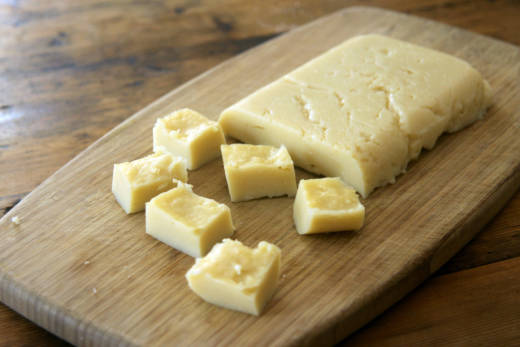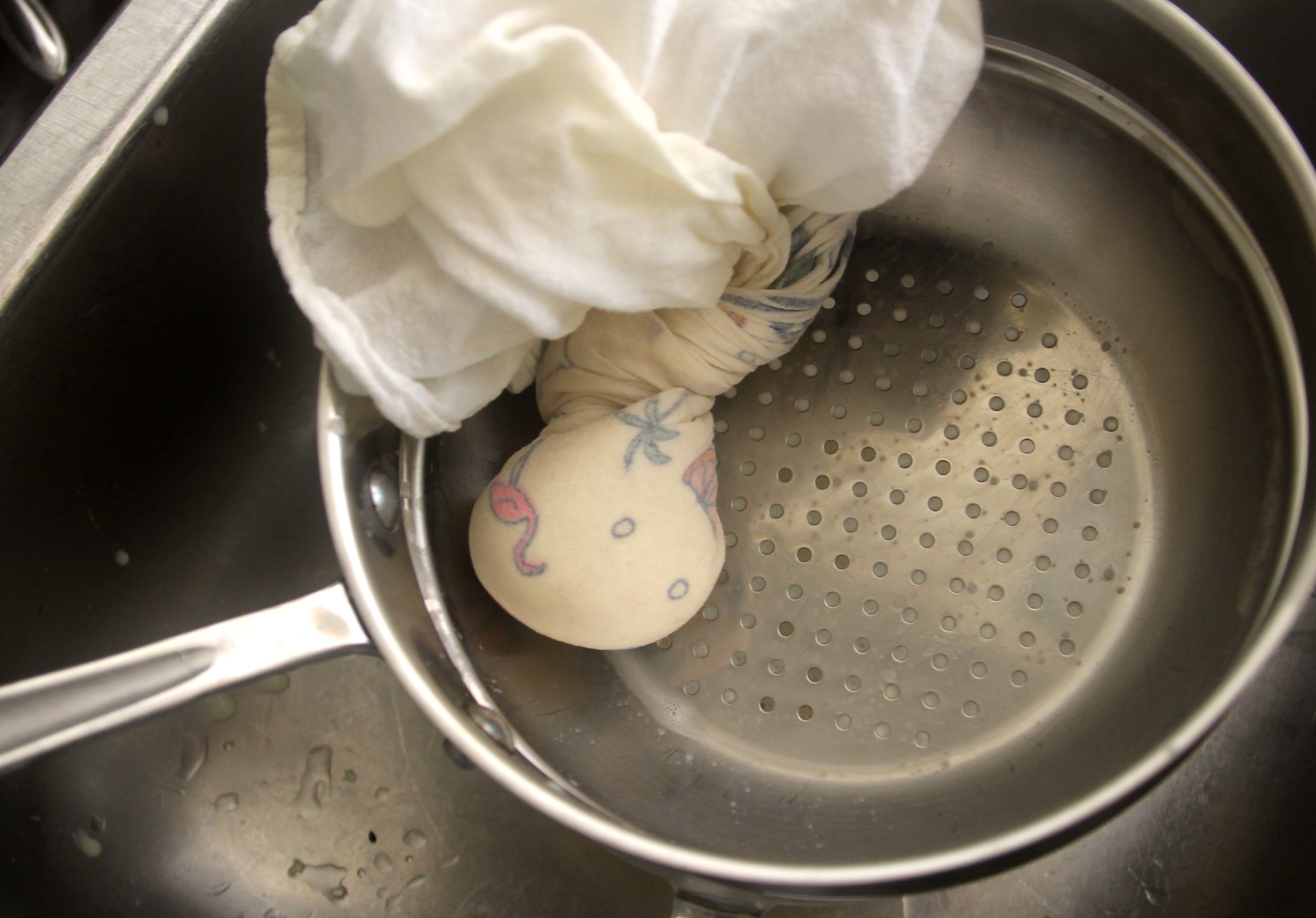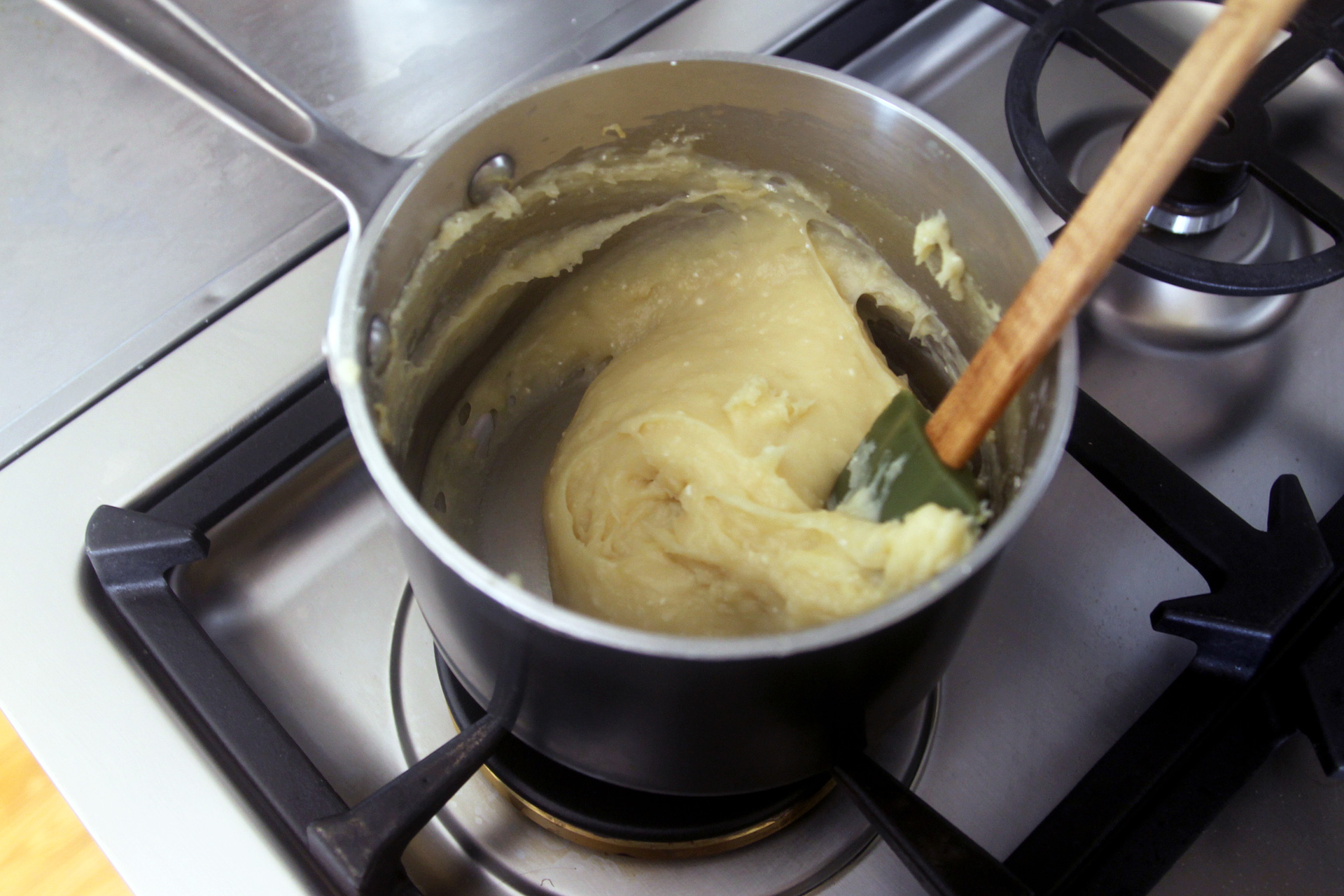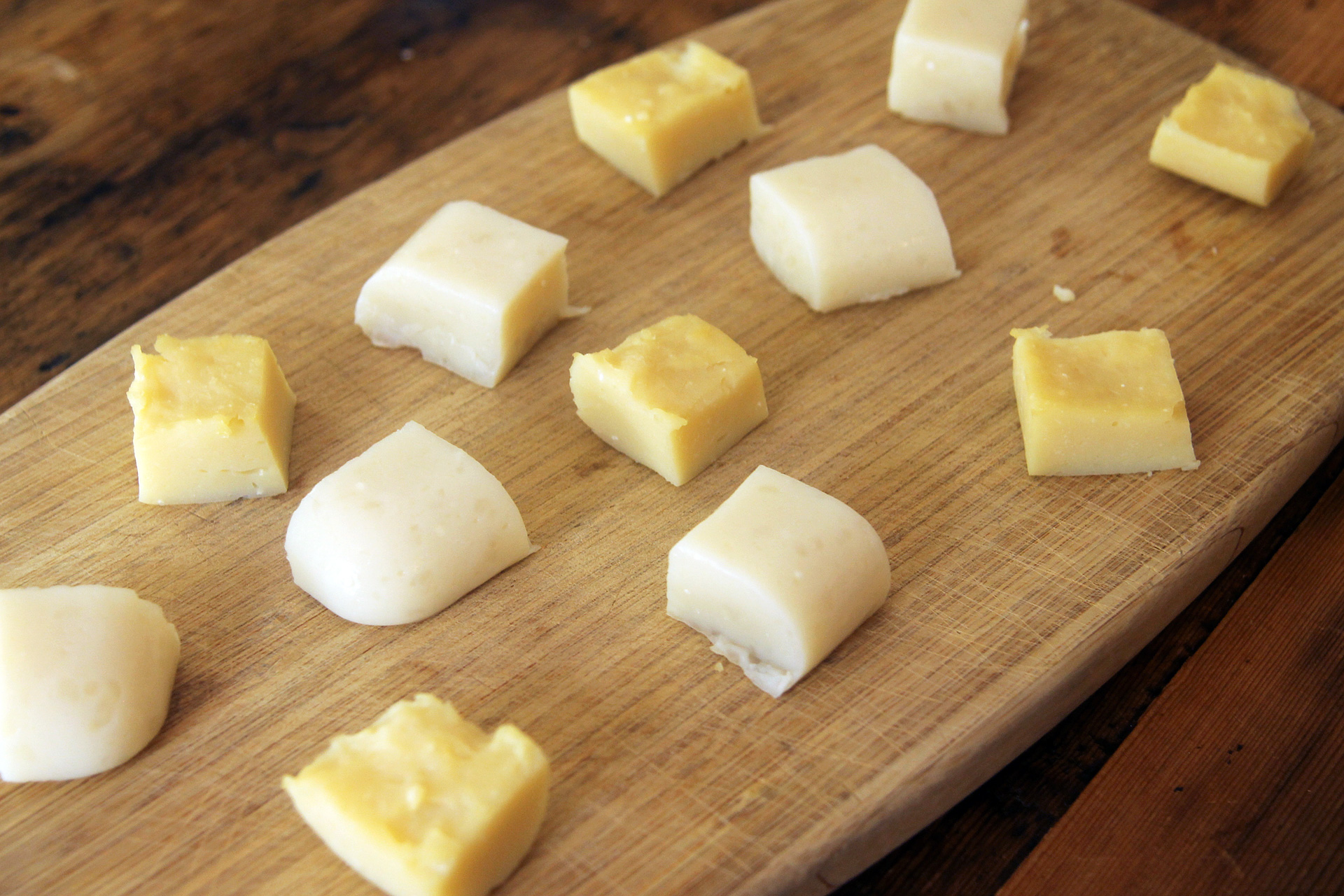Unless you spend a lot of time eating Burmese food or reading alternative wellness food blogs, you have likely not heard of any type of tofu other than the traditional soy-based stuff. That’s not necessarily a problem; soy tofu can be quite delicious, especially when you’re making it yourself. But there are other tofus out there in the universe: Shan tofu, a Burmese preparation, made from chickpea flour; hemp tofu, which Vi Zahajszky made for this food blog back in 2012; peanut tofu, made in a similar manner to soy tofu; and a world of other tofu-like concoctions made from any bean you can think of.
Cooks have different reasons for making tofu from beans other than soy. Some are concerned about GMOs, others have soy allergies, while still others just like the flavor of a different type of bean. Personally, I’m in the “I want to explore new flavors” camp.
In this exploration, I’ve learned that you can’t just pull another dried bean out of your pantry and follow soy tofu directions. Soybeans are actually quite unique, and it is their particular protein and fat proportions that allow their milk to be curdled and separated just like cheese. According to some internet sources, peanuts behave similarly to soybeans and, with the help of a couple of extra ingredients, can be treated the same way. (Unfortunately for all of you reading this, I am allergic to peanuts, so I’ll leave you to experiment with them and report back in the comments.) Other beans need an almost entirely different approach.
The most common recipe for soy-free tofu is chickpea flour-based Shan tofu. Chickpea flour is simply finely ground dried chickpeas, and, thanks to its use in gluten-free baking, it is now fairly easy to find in grocery stores. However, I set out to make this recipe adaptable for any dried bean in your pantry and it is not very easy to find flours made from cannellini or pinto beans. (I’m also assuming that most of you do not own a grain mill with which you could grind your own dried beans into flour.) Instead, I decided to harness the power of starch, along with my bean milks of choice, to make my soy-free tofu.
And yes, before the definition police come calling, I do know that, traditionally, “tofu” is only made from bean curd. However, there already exists a range of tofu-like products made with other ingredients that are referred to as tofus, so I will do the same. You can make up your own new name if you’d prefer.
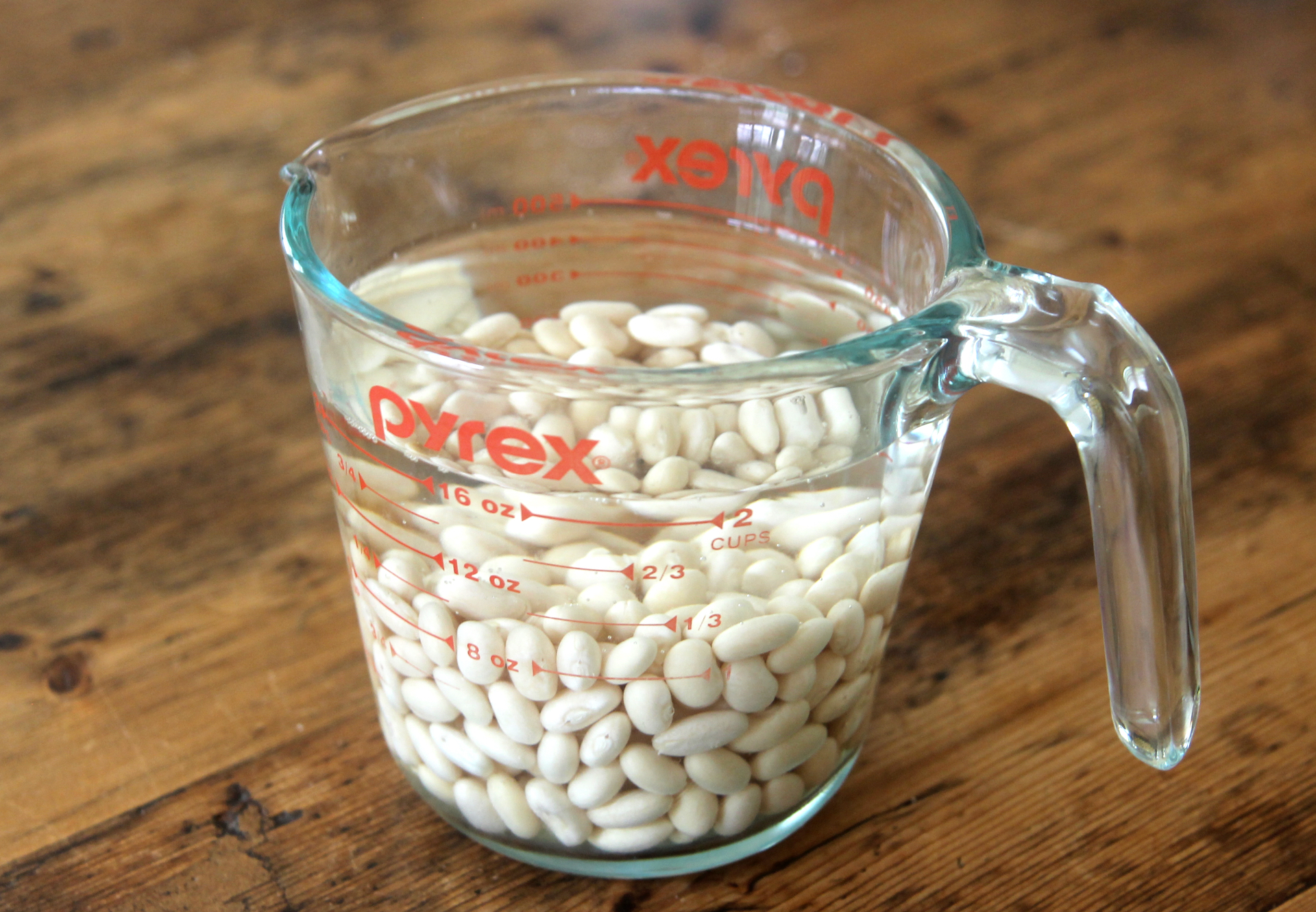
To get started, soak your bean of choice in cool water overnight. I prefer using yellow- or white-colored beans, such as chickpeas or cannellini beans, because they make for a prettier end product. If you prefer black or pinto beans and don’t mind their dark colors, I say go for it.
